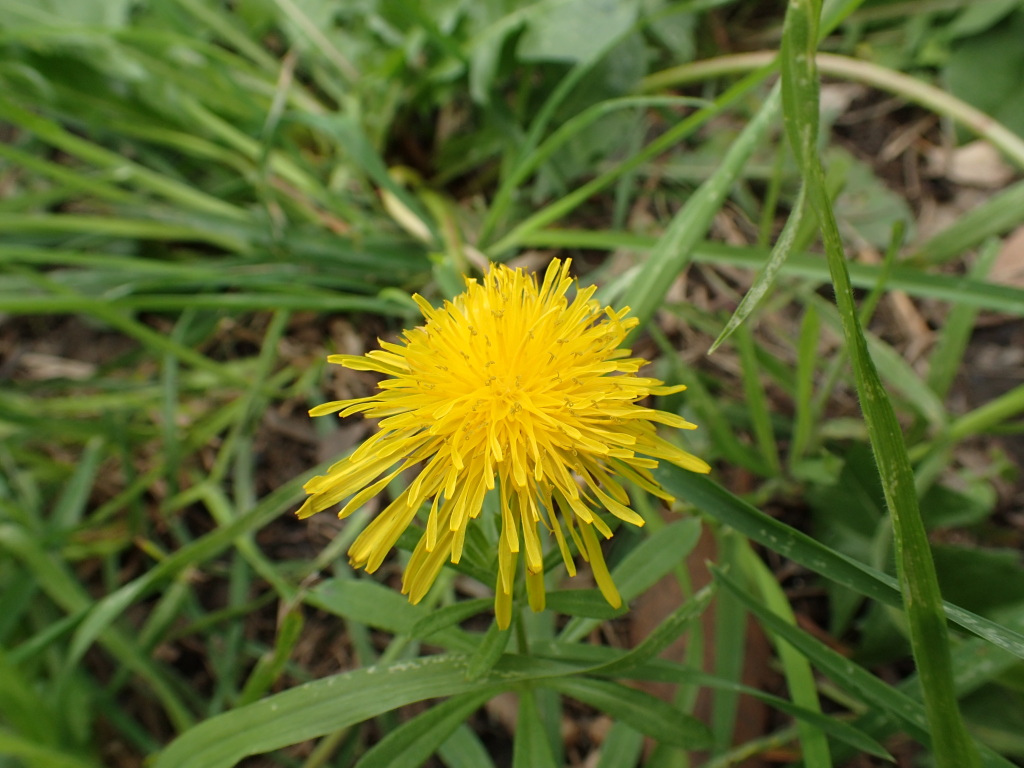Taraxacum skanderbegii
SonckLeaves ovate-lanceolate 20–40 cm long, 5–6 cm wide, mid- to dark green, adaxial lamina with numerous short acute tubercle-based hairs; lateral lobes in (1)2–5 pairs, makedly dimorphic: in early-flowering plants falcate with the distal margins and the distal margins entire or with one or two acute lobules; in later-flowering plants falcate to linear-lanceolate with the distal and proximal margins dentate to laciniate, terminal lobe helmet-shaped in outline with acutely lobed. Scapes 9–30 cm long at anthesis, 35–65 cm long in fruit, white-woolly in bud, becoming glabrous at maturity except just below the capitulum, pale red throughout. Capitula 3–4 cm diam.; outer involucral bracts broad-lanceolate, 7–10 mm long, 2–3.5 mm wide patent to upright but reflexed distally, narrowly but clearly white-bordered (c. 0.2 mm wide), shortly-fringed, usually callosed; innermost involucral bracts linear, 14–16 mm long, 1–2 mm wide, usually callosed. Outer florets with the ligules apically narrowed and involute, exceeding the involucre by c. 4 mm; anthers with pollen; stigmas light grey; Achenes broadly fusiform, 4.5–5 mm long, c. 1 mm wide with flattened straight spines less than 0.3 mm long at the apices, smooth to verrucate to the bases, pale to olive-brown, sometimes tinged with mauve in the upper third; cone 0.7–1 mm long; beak 8–11 mm long;. Pappus 5–7 mm long. Flowers and fruits mainly Sept.–Apr.
VVP. Native to Albania. Currently known from inner-suburban Melbourne (Coburg) where recorded from clay soils derived from basalt in lawns, nature-strips and parks.
Australian populations of this species have longer achenes than ascribed to the type collection (3.8 mm), but are otherwise identical.
 Spinning
Spinning
